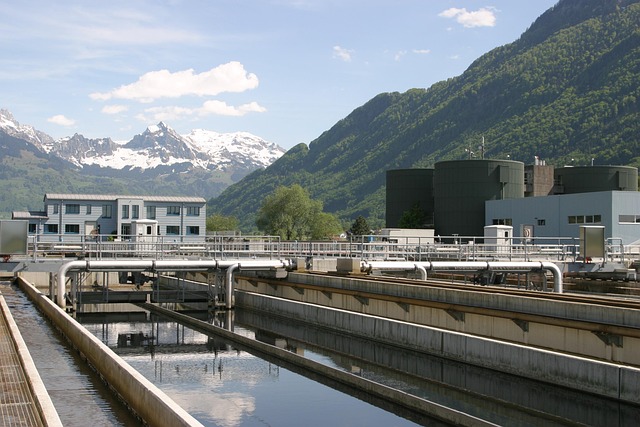Understanding the Importance of Wastewater Treatment at Home
When we think about sustainability and responsible living, wastewater treatment is often an overlooked aspect. However, treating wastewater effectively at home not only conserves water but also protects the environment from harmful pollutants. This DIY guide is designed to help you grasp the essentials of wastewater treatment and implement practical solutions within your own household.
Why Treat Wastewater Yourself?
With rising concerns about water scarcity and pollution, taking control of your household wastewater is a powerful step toward a greener lifestyle. DIY wastewater treatment systems reduce reliance on municipal sewer systems, minimize environmental impact, and can even reduce your water bills if designed to recycle greywater.
Simple DIY Wastewater Treatment Solutions
Getting started may seem daunting, but several easy-to-build systems allow you to treat and recycle wastewater efficiently.
1. Constructed Wetlands
Also known as reed beds, constructed wetlands use natural processes involving plants, soil, and microorganisms to filter and break down contaminants in wastewater. You can create a small-scale reed bed in your garden to handle greywater from showers and laundry.
2. Biofilters
Biofilters use layers of sand, gravel, and organic materials to filter and purify wastewater. They harness microbial activity to break down organic pollutants. Building a biofilter requires a bit of excavation and a few materials but is manageable for most DIY enthusiasts.
3. Septic Systems with Advanced Features
If you rely on a septic system, consider upgrading it with aerobic treatment units or bio-media, which improve the treatment efficiency and reduce odors. These can often be implemented with professional advice but involve homeowner participation in maintenance and monitoring.
Tips for Effective Wastewater Treatment at Home
- Segregate wastewater sources: Separate greywater from blackwater for easier and safer treatment, especially if you aim to reuse treated water for irrigation.
- Use eco-friendly products: Avoid harsh chemicals and detergents that can hamper microbial activity in treatment systems.
- Regular maintenance: Regardless of the system, maintenance is key to effective wastewater treatment. Clean filters, monitor water flow, and check for blockages.
- Educate household members: Make sure everyone understands what materials can be discharged into your system to prevent damage and inefficiencies.
Embrace Sustainable Living One Step at a Time
Diving into DIY wastewater treatment is a journey toward greater environmental responsibility and self-sufficiency. By implementing these solutions, you contribute not just to your local ecosystem but set an example for your community on conserving precious water resources.
